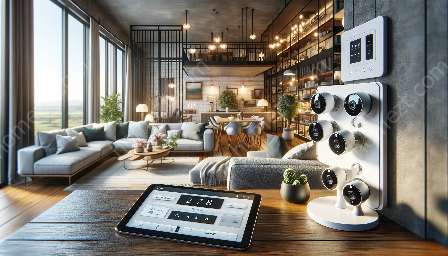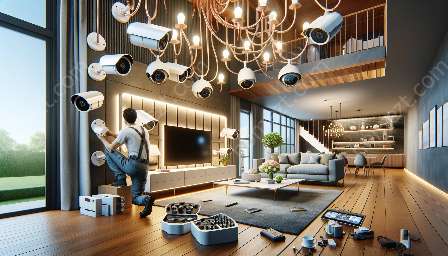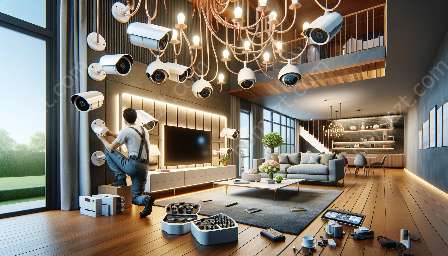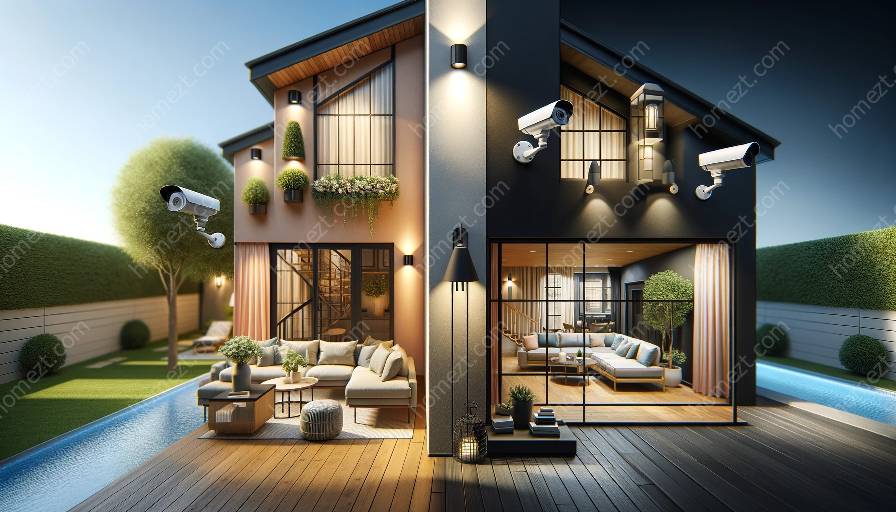Home camera systems are essential for ensuring the safety and security of your property. When choosing between indoor and outdoor camera systems, it's important to consider various factors such as environmental conditions, monitoring capabilities, and installation requirements. In this guide, we will explore the differences between indoor and outdoor home camera systems, compare their features and functionalities, and provide valuable insights to help you make an informed decision for your home security needs.
Indoor Home Camera Systems
Indoor home camera systems are designed to monitor the interior of your home, providing surveillance and recording capabilities for areas such as living rooms, bedrooms, and hallways. These cameras are typically meant to be used in controlled environments, offering clear video footage under well-lit conditions. Here are some of the key features of indoor home camera systems:
- Monitoring: Indoor cameras are ideal for monitoring indoor activities, such as child and pet care, and keeping an eye on valuable possessions.
- Installation: These cameras are usually easy to install, often requiring minimal wiring and can be positioned discreetly to blend in with the surroundings.
- Connectivity: Many indoor camera systems offer remote viewing and mobile app integration, allowing homeowners to check in on their property from anywhere.
- Privacy: Indoor cameras are less intrusive to neighbors and passersby and are not subject to outdoor weather conditions.
Outdoor Home Camera Systems
Outdoor home camera systems are designed to withstand various weather conditions and provide surveillance for the perimeter of your property, including entryways, driveways, and outdoor living spaces. These cameras are equipped to handle outdoor elements and offer advanced features to ensure comprehensive security coverage. Here are some of the key features of outdoor home camera systems:
- Weather Resistance: Outdoor cameras are built to withstand harsh weather conditions, including rain, snow, and extreme temperatures.
- Visibility: These cameras often come with infrared night vision and motion detection to capture clear footage in low-light and dark environments.
- Deterrence: The presence of outdoor cameras can act as a deterrent to potential intruders, enhancing the overall security of your property.
- Storage: Many outdoor camera systems offer cloud storage options and continuous recording to ensure all activities around your property are captured.
Choosing the Right Home Camera System
When deciding between indoor and outdoor home camera systems, it's important to evaluate your specific security needs and the layout of your property. Consider the following factors to make an informed decision:
- Property Layout: Assess the layout of your home and identify areas that require surveillance, both indoors and outdoors.
- Environmental Factors: Consider the potential impact of weather conditions and outdoor elements on camera performance and durability.
- Security Concerns: Determine the level of security you need and whether you prioritize monitoring indoor activities or safeguarding the external areas of your property.
- Installation and Maintenance: Evaluate the ease of installation and ongoing maintenance for the selected home camera system.
- Integration and Accessibility: Explore the connectivity options and accessibility features offered by the camera systems to ensure seamless monitoring and control.
By carefully weighing the pros and cons of indoor and outdoor home camera systems, you can make an informed decision that aligns with your specific security requirements. Whether you opt for indoor, outdoor, or a combination of both camera systems, investing in home surveillance technology enhances the overall safety and protection of your home.

















